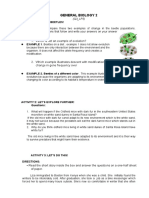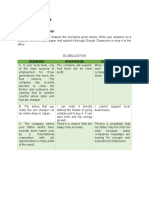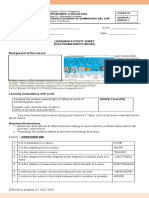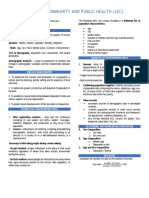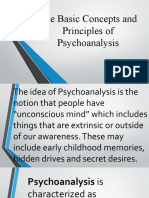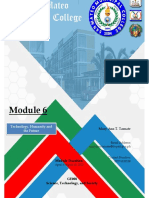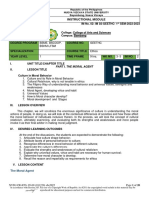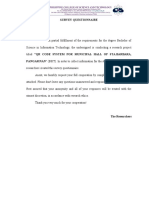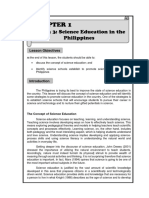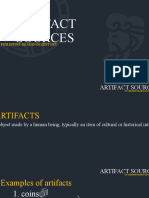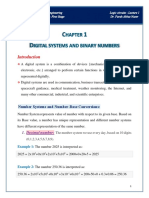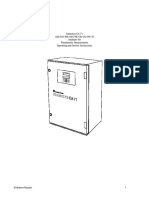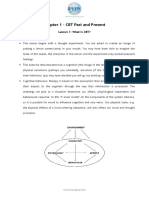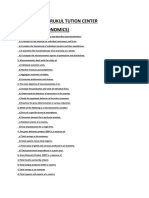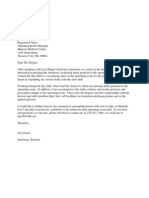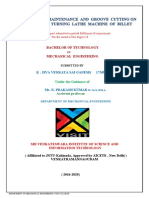0% found this document useful (0 votes)
145 views6 pagesDRRR Notes
1. The document discusses natural hazards such as earthquakes, volcanoes, and tropical cyclones that make the Philippines one of the most hazardous places in the world.
2. It defines hazards, disasters, and different types of disaster effects such as primary, secondary, and tertiary effects.
3. Vulnerability is explained as the predisposition of an individual or group to be harmed by external events, and is specific to the situation and hazard. Characteristics like resources and preparation determine vulnerability.
Uploaded by
Chastine Bien EnriquezCopyright
© © All Rights Reserved
We take content rights seriously. If you suspect this is your content, claim it here.
Available Formats
Download as DOCX, PDF, TXT or read online on Scribd
0% found this document useful (0 votes)
145 views6 pagesDRRR Notes
1. The document discusses natural hazards such as earthquakes, volcanoes, and tropical cyclones that make the Philippines one of the most hazardous places in the world.
2. It defines hazards, disasters, and different types of disaster effects such as primary, secondary, and tertiary effects.
3. Vulnerability is explained as the predisposition of an individual or group to be harmed by external events, and is specific to the situation and hazard. Characteristics like resources and preparation determine vulnerability.
Uploaded by
Chastine Bien EnriquezCopyright
© © All Rights Reserved
We take content rights seriously. If you suspect this is your content, claim it here.
Available Formats
Download as DOCX, PDF, TXT or read online on Scribd
/ 6

